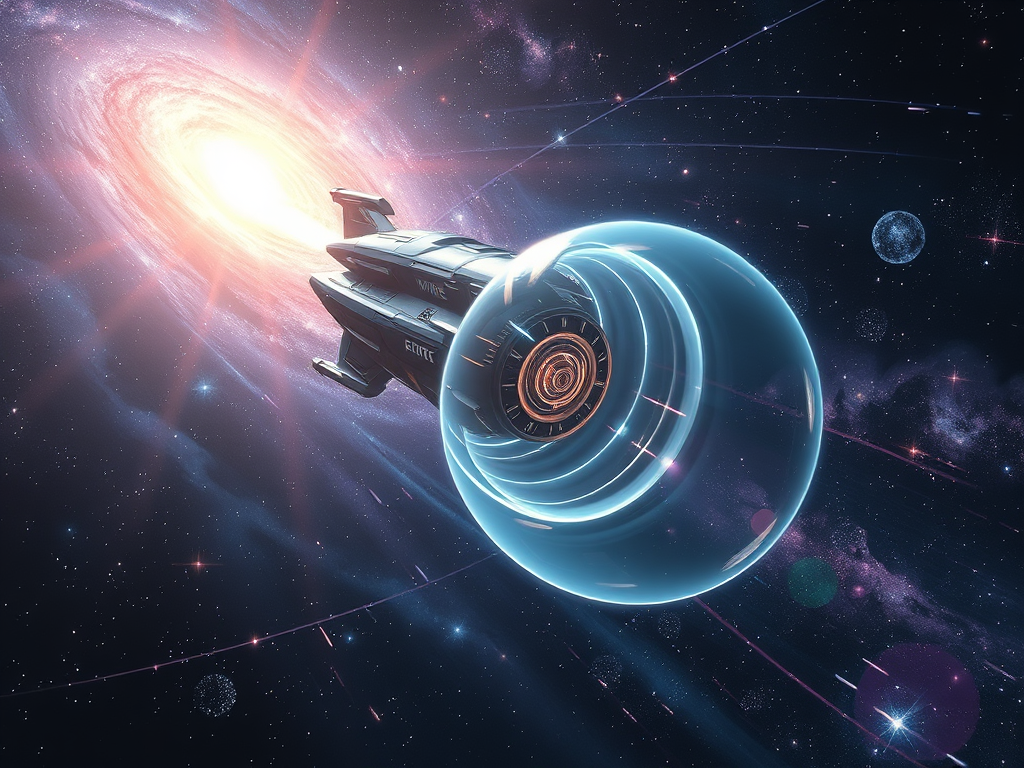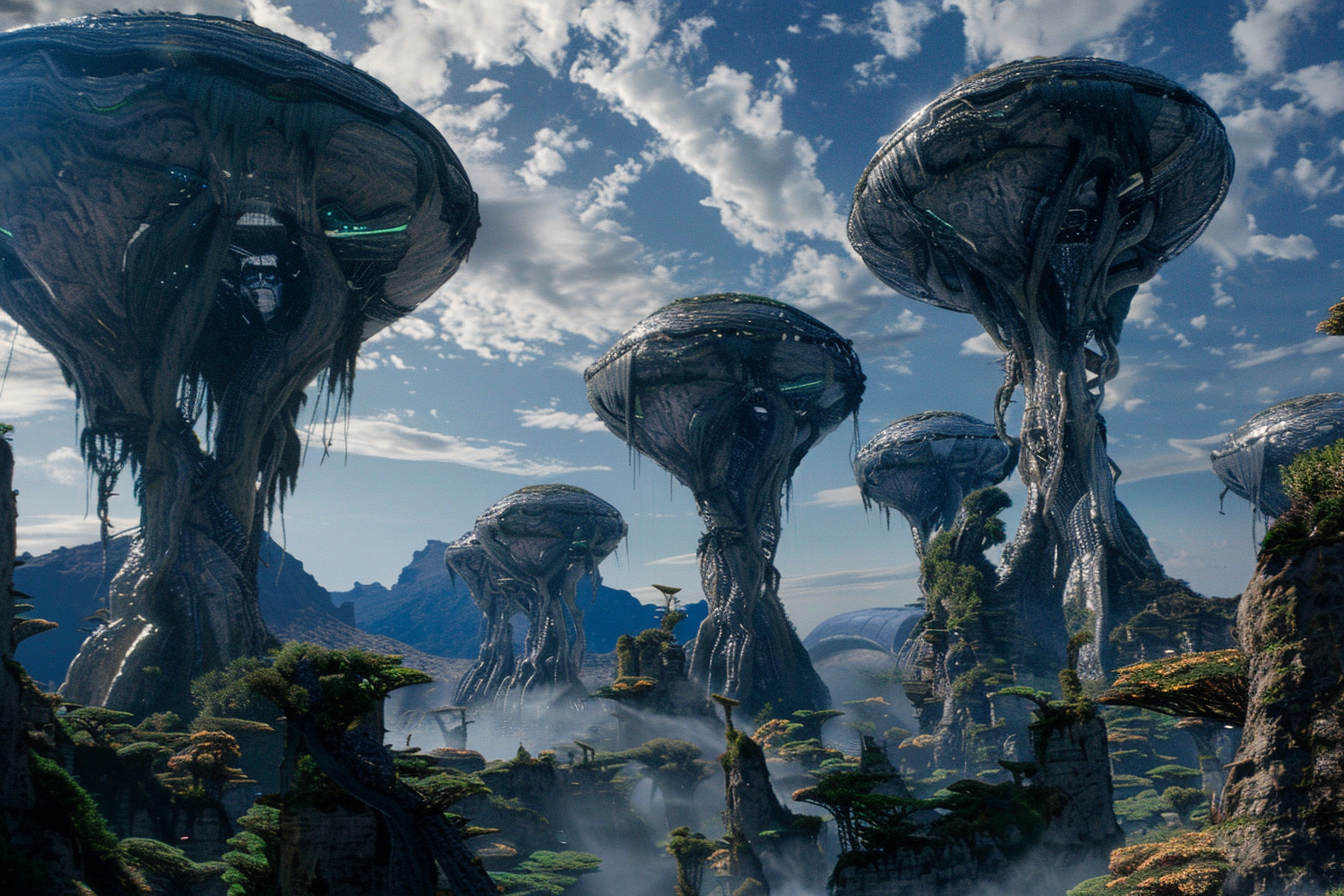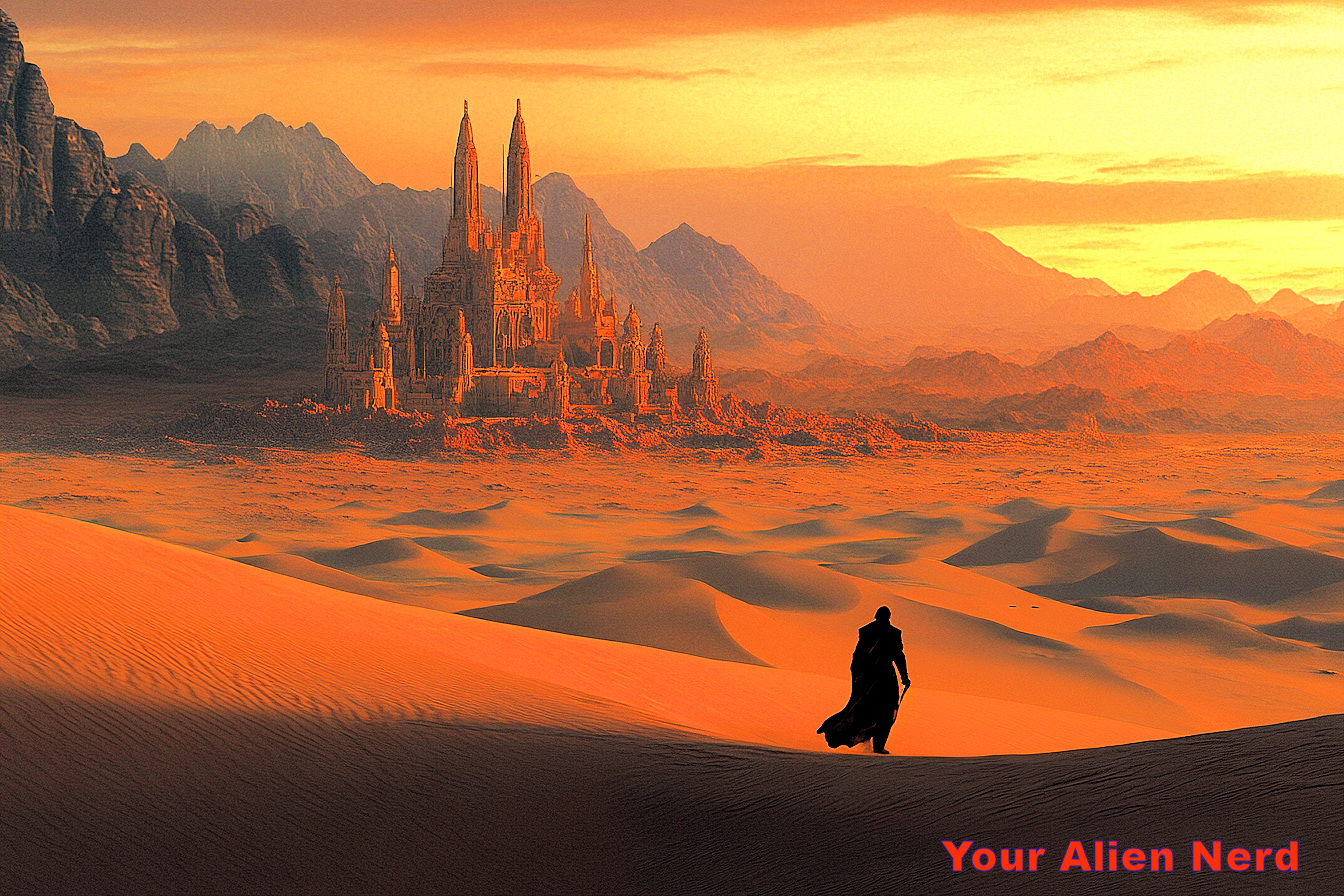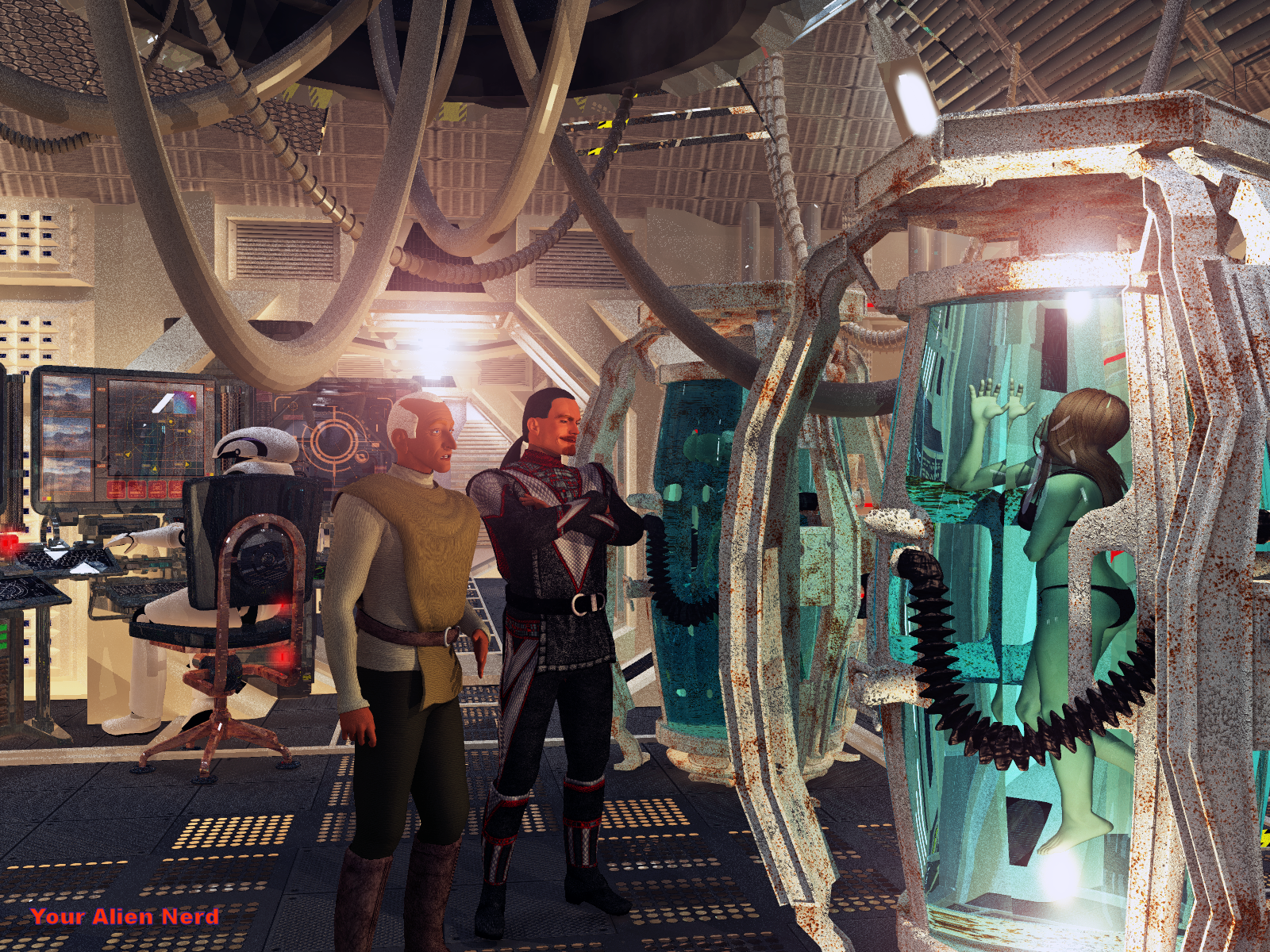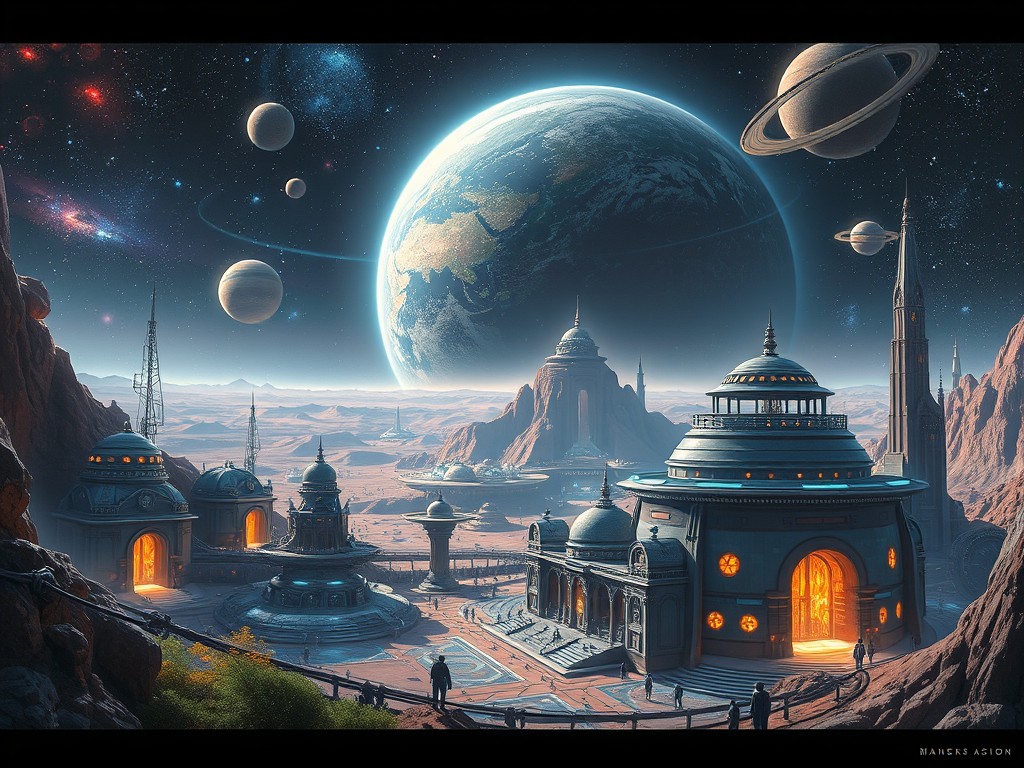THE EMPIRE CAN WAIT – CHAPTER 1, PART 4
When the going gets tough, the tough get going. (John Belushi, Animal House, 1978) Bageechaa, coordinates 99.001/-55.447/1803.240June 24th, 666 GE Running toward the spaceport, Twiglet tried not to think about her house, the hyperneural probe, or everything she’d left behind. Right now, escaping the werewolves was all that mattered. GriefContinue Reading

